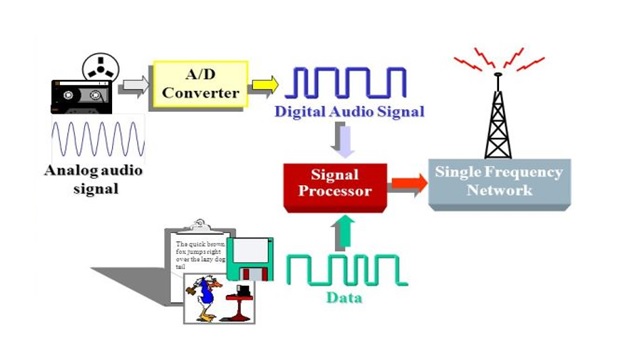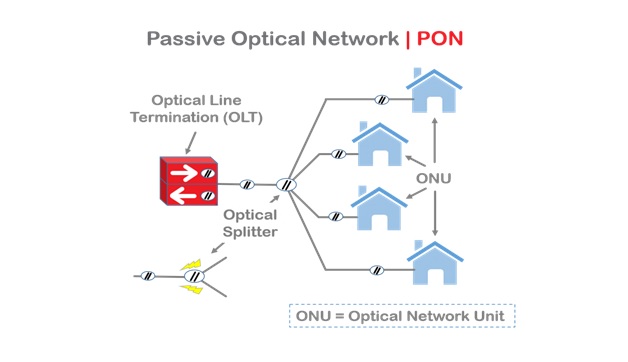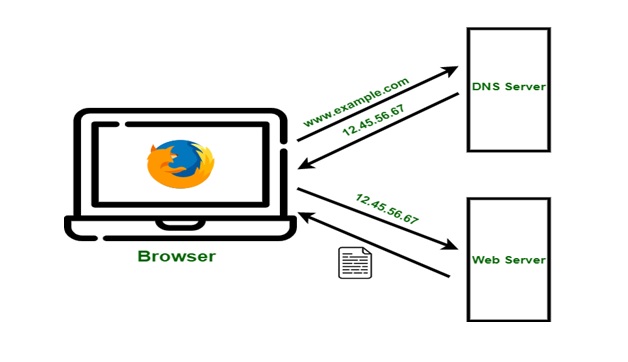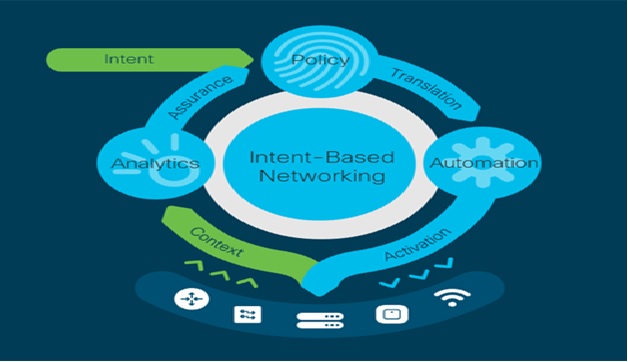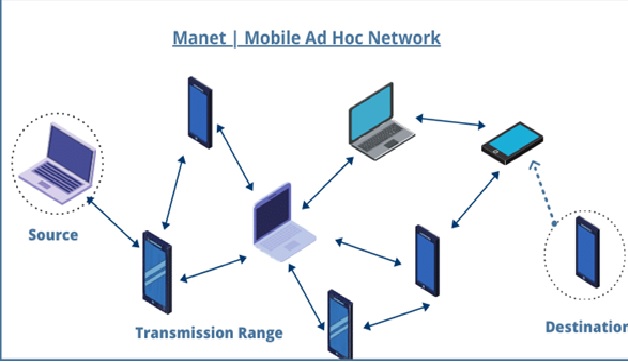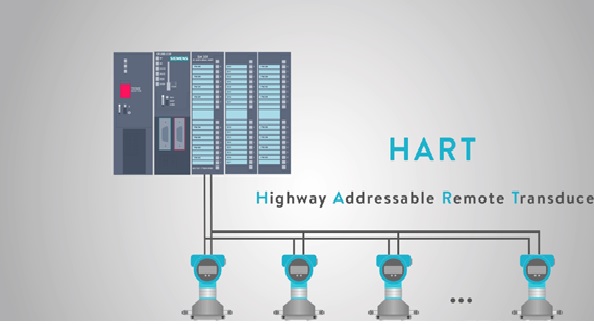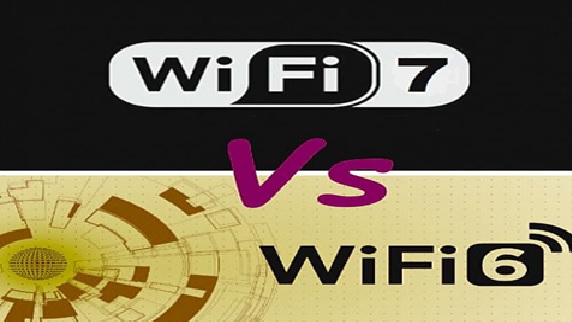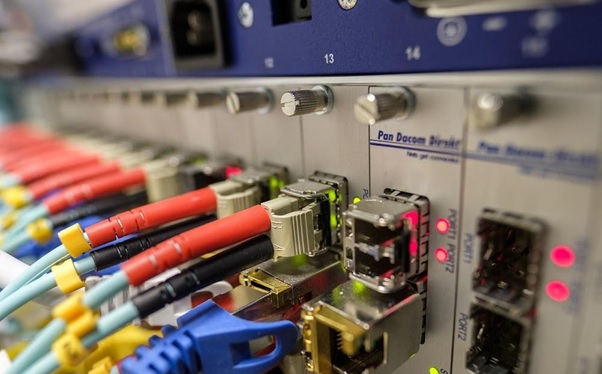Features and Benefits of IPv6
Thanusri swetha J May 09, 2022 | 10:30 AM Technology
IPv6 is the latest version of the Internet Protocol, which identifies devices across the internet so they can be located. Every device that uses the internet is identified through its own IP address in order for internet communication to work. In that respect, it’s just like the street addresses and zip codes you need to know in order to mail a letter. [4]

Figure 1. Features and Benefits of IPv6
Figure 1 shows Just as telephones use a system of telephone numbers in order to communicate with each other, every internet connected computing device gets a unique number known as an “IP address” that connects it to the global network. [3]
IPv6 Benefits:
- More Efficient Routing – IPv6 reduces the size of routing tables and makes routing more efficient and hierarchical. In IPv6 networks, fragmentation is handled by the source device, rather than a router, using a protocol for discovery of the path’s maximum transmission unit.
- More efficient packet processing – Compared with the IPv4, IPv6 contains no IP-level checksum, so the checksum does not need to be recalculated at every router hop.
- Directed Data Flows – IPv6 supports multicast rather than broadcast. Multicast allows bandwidth-intensive packet flows to be sent to multiple destinations simultaneously, saving network bandwidth.
- Security – IPSec security, which provides confidentiality, authentication, and data integrity, is engraved into IPv6. [1]
Features of IPv6
- Simplified Header: IPv6’s header has been simplified by moving all unnecessary information and options (which are present in IPv4 header) to the end of the IPv6 header. IPv6 header is only twice as bigger than IPv4 provided the fact that IPv6 address is four times longer.
- End-to-end Connectivity: Every system now has unique IP address and can traverse through the Internet without using NAT or other translating components. After IPv6 is fully implemented, every host can directly reach other hosts on the Internet, with some limitations involved like Firewall, organization policies, etc.
- Auto-configuration: IPv6 supports both stateful and stateless auto configuration mode of its host devices. This way, absence of a DHCP server does not put a halt on inter segment communication.
- Faster Forwarding/Routing: Simplified header puts all unnecessary information at the end of the header. The information contained in the first part of the header is adequate for a Router to take routing decisions, thus making routing decision as quickly as looking at the mandatory header. [2]
References:
- https://radiocrafts.com/what-are-the-advantages-of-ipv6/
- https://www.tutorialspoint.com/ipv6/ipv6_features.htm
- https://www.esds.co.in/kb/why-we-need-ipv6/
- https://www.networkworld.com/article/3254575/what-is-ipv6-and-why-aren-t-we-there-yet.html
Cite this article:
Thanusri swetha J (2022), Features and Benefits of IPv6, AnaTechMaz, pp. 59
Previous Post Encode Plus Smart WiFi Deadbolt – Schlage
Next Post Google internet cable lands in Africa




